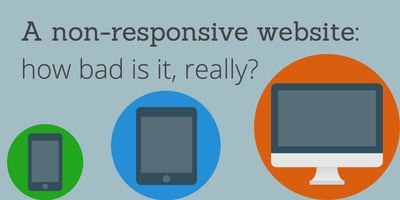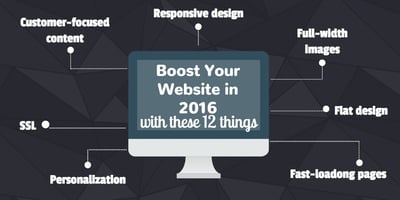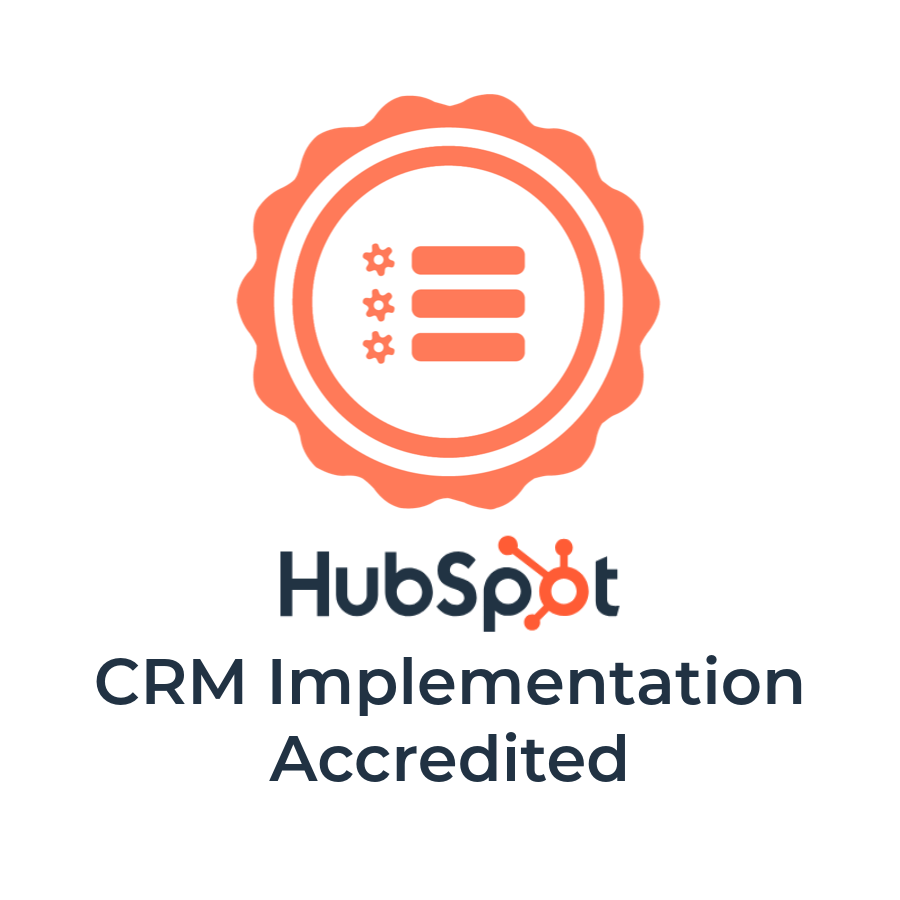
If you’re like most modern companies, your website is your most important marketing asset. It’s an interactive storefront that never closes and handles hundreds of prospects a day. You could say it’s your hardest-working salesperson.
Yet, also if you’re like most modern companies, you look at redesigning your website every 18 to 24 months. You wouldn’t run a marketing campaign that lasted a year and a half before you looked at the results, would you? So why do we leave so much time in between website redesigns when they’re clearly a huge asset for our companies?
Most businesses can’t afford to redesign their websites every six months (nor should they). But maybe there’s an easier approach that lets websites continue to improve, but doesn’t require them to be redesigned from the ground up once a fortnight.
There is—it’s called growth-driven design.

What is Growth-Driven Design?
Growth-Driven Design (GDD) is a website development framework that acknowledges upfront that trying to build the perfect website in one attempt is an impossible task. Instead, GDD suggests we look to build a website that addresses the majority of the needs of a website with an initial launch website, and then seeks to iterate as we learn more about how people use the website.
For example, maybe you’ve just launched a new website and the homepage is your most visited webpage. However, one month after you launch, you notice that your homepage has a higher than average bounce rate. With a traditional website project, you could wait until you’re ready for another redesign, or try to contract with the company you used previously to make some adjustments. But the problem isn’t just the design, it’s how it’s being used. If that web design group isn’t used to improving metrics, that might be outside of their comfort zone.
However, with GDD, you start with the assumption that your website won’t be perfect (aka reality). Instead of having to scramble for solutions, your original web design firm is a partner with your company, and works with you to continuously optimize. The homepage issue goes onto the wishlist and gets dealt with according to priorities.
What gets improved?
Websites have a ton of metrics that can be improved on an ongoing basis. GDD enables your website to continue to improve on a regular basis, instead of just when you get around to redesigns. Here’s some of the different areas that can be targeted for improvement in a typical GDD relationship:
Conversion Rates
If you’re trying to convert people on different pages, then you already know how important a good conversion rate can be. Oftentimes, the tactics needed to adjust these are beyond just simple copy improvements, and can take the form of A/B testing, design enhancements, smart form implementations, and more.
Improved User Experience
Improving the user experience can mean a number of things, from user testing to mouse tracking. One example could be trying to improve the time on site, or looking to improve the number of pages the average visitor lands on. Typically the ways you improve these types of metrics will involve a solution that surfaces more important information and provides clear pathways for how you should proceed.
Personalization
If you’re on the HubSpot COS, then smart content is a big piece of how you can be improving your website. Understanding contextual marketing means that you can look at who you’re addressing and set up customized content that evolves as you know more about the person on the site. Knowing how to organize the content in these types of changes can be challenging but yield big rewards.
Marketing Assets
Creating new features for the website can be something that improves overall engagement and conversions. Maybe it’s adding a new chat feature, or a directory of work. Developing tools and new marketing assets can help your different personas get down the conversion funnel more quickly.
The Most Important Part
While all of those sound nice, change for the sake of change is not what Growth-Driven Desig is about. Instead, the development framework integral to GDD is what sets it apart from a typical website project. With each iteration on the website, there’s a clearly stated goal upfront that is measurable. The entire goal of GDD is to improve on those metrics through a framework that’s testable and prevents imprecise hypotheses.
The 4 Framework Stages:
Plan
You want to evaluate the current website against business objectives and look for likely areas of improvement. Develop a hypothesis that can be true or false, and then begin developing the solution.
Develop
Wireframing and development happen here to create a new design that’s targeted at affecting a specific metric (or set of metrics).
Learn
Once there’s been sufficient time to evaluate the results, you look to see whether your hypothesis was true or false, and consider how what you learned can be used to improve other aspects of the site (e.g. getting rid of the sidebar on this page improved conversion, we should consider eliminating it on more pages to see whether that holds true in other spots).
Transfer
Take the knowledge you’ve gleaned from the learning phase and share it with your team so that everyone is able to benefit from the test.
As people spend more time online (via computers, tablets, and phones), smart companies are realizing their most important marketing asset has to be treated more strategically than just something that gets updated every other year. Instead, those embracing Growth-Driven Design will see their website continue to improve on a regular basis, and their businesses along with them.
Ready to learn more about Growth-Driven Design and how it can help your company? Download the free ebook on Growth-Driven Design now!













